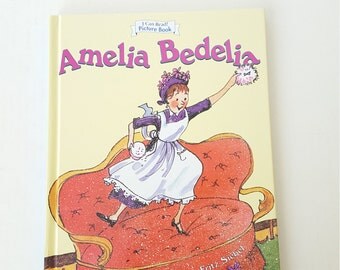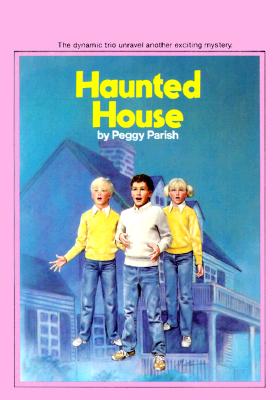

Every time the Rogerses are about to cast her aside, every time they are “angry, very angry,” she entices them back by appealing to their appetites.Īs an employee who produces turmoil at work and is overseen by amiable jerks, Amelia Bedelia reminds me of Bartleby, from Herman Melville’s short story “ Bartleby, the Scrivener,” from 1853. Her one undeniable talent-the reason that the Rogerses keep her around-is as a pastry chef: cream puffs, tea cakes, pies, tarts. She’s a figure of rebellion: against the work that women do in the home, against the work that lower-class women do for upper-class women.

She dirties and destroys her employers’ possessions, in other words, breaking one of the primary taboos of domestic employment.

When asked to “dust the furniture,” she sprinkles powder all over the living room asked to “change the towels,” she takes scissors to them. She “dresses the chicken,” but in lederhosen (an homage to Siebel’s Austrian childhood). Rogers tells her Amelia Bedelia reaches for pen and paper. She takes each instruction she is given with an absurd literalism. But, rather than keeping order, Amelia Bedelia creates disarray. Each book follows a simple formula: Amelia Bedelia, a housemaid replete with apron and frilled cap, encounters various domestic imperatives: clean the house, host a party, babysit, substitute-teach. The books, with illustrations by Fritz Siebel, depict a young woman who sows domestic chaos in and around the home of her wealthy employers, a snooty older couple who have outsourced the labor of keeping their household, family, and community relations running smoothly. Yet the more I read Amelia Bedelia the more unsettled I felt I began to suspect that I wasn’t hearing all the notes.

Had you asked me a couple of years ago, I would not have classified Peggy Parish’s Amelia Bedelia series with this loftier group-my children delighted in the wordplay, but I found the books a bit one-note. Many classic children’s books beg for philosophical readings: the likes of “ Charlotte’s Web” or “ Are You My Mother?” are well known as complex and subterranean ruminations on death and identity and community. Illustration Courtesy the Estate of Fritz Siebel


 0 kommentar(er)
0 kommentar(er)
